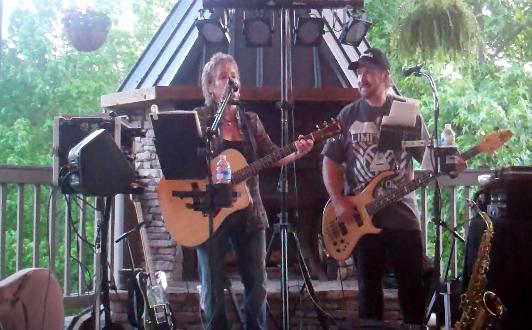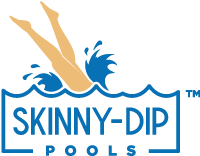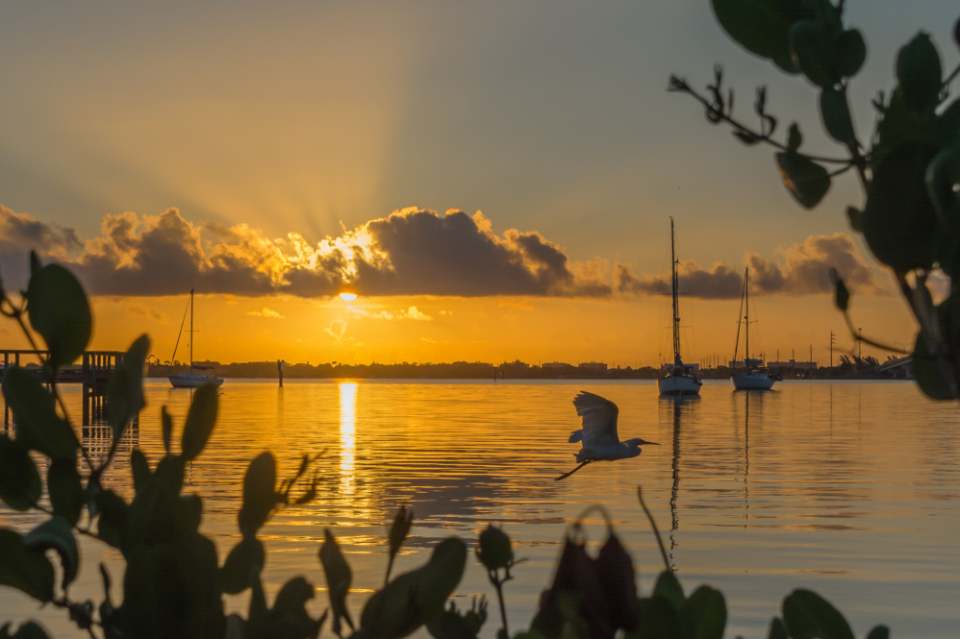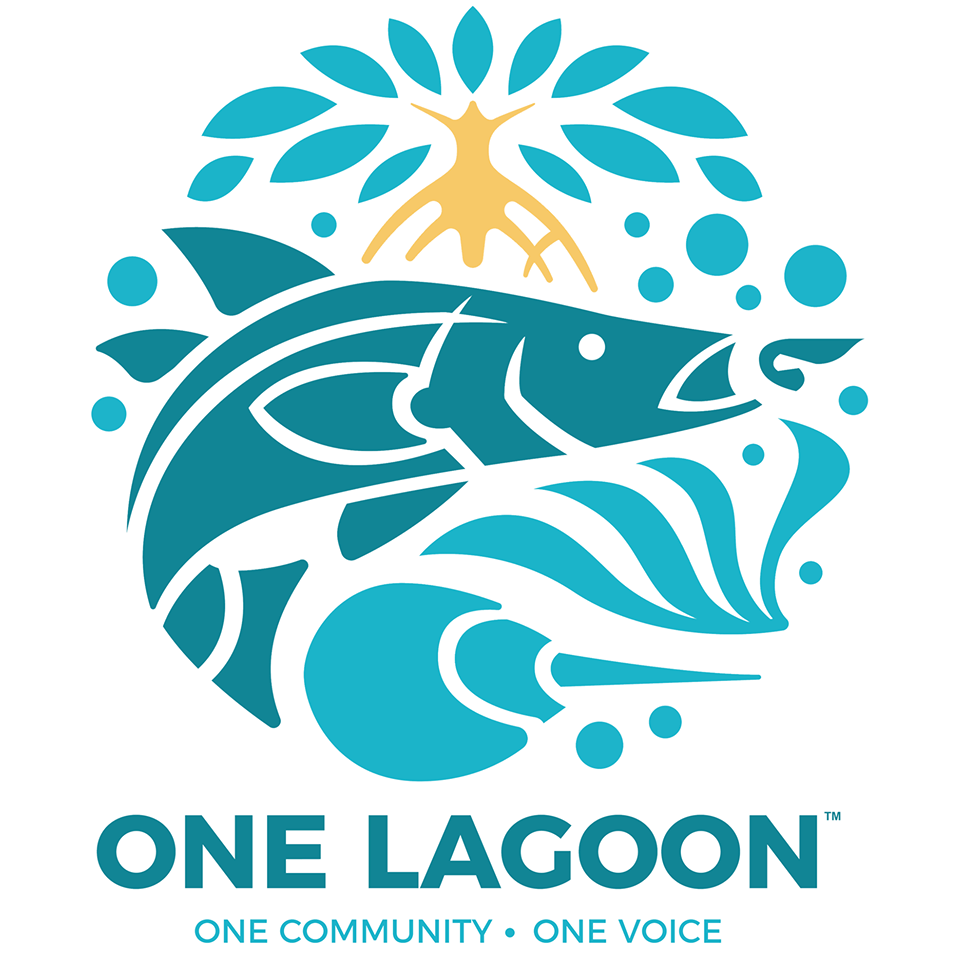Indian River Lagoon National Estuary Program
About the Indian River Lagoon:The Indian River Lagoon (IRL) spans 156 miles (approximately 40%) of Florida's east coast, extending from Ponce de Leon Inlet near New Smyrna Beach in Volusia County to Jupiter Inlet, the southern border of Martin County. The IRL system includes 3 main water bodies: Mosquito Lagoon, Banana River and the Indian River Lagoon. Despite the use of "River" in their names, none of these water bodies are actually rivers. They have no headwaters and no mouths, and their 'flows' depend strongly on wind and tidal currents. The IRL system is an estuary, a transitional environment set between the land and the ocean. In estuaries, fresh water from uplands and tributaries meets and mixes with water from the ocean. The IRL is a particular type of estuary called a lagoon: a shallow estuary separated from the ocean by barrier islands. Lagoons like the IRL exchange water with the ocean only through inlets. Because of this restricted flow, tides are influential only near inlet areas. Throughout much of the IRL, currents are primarily influenced by winds.The IRL is home to a rich array of plants and animals whose existence depends on the quality of water within the Lagoon. More than 2,000 species of plants, 600 species of fish, 300 species of birds, and 53 threatened or endangered species inhabit the IRL for at least some portion of their lives, and scientists have shown the IRL to be one of the most biologically diverse estuaries in North America, with approximately 4,000 species documented to occur.The IRL is also an economic driver for the 5 counties it borders. A 2016 economic valuation study by the East Central Florida and Treasure Coast Regional Planning Councils showed the total annual economic output (value received) from the IRL in 2014 is about $7.6 billion. This does not include the estimated $934 million in annualized real estate value for properties located on or near the IRL; nor does it include the economic contributions from estuarine-related resources in Volusia County north of the Ponce de Leon Inlet. When both of these economic contributions are considered, total economic output is valued at about $9.9 billion annually. This same study also found that investments in projects that improve water quality in the lagoon make good economic sense. The study estimated that for every dollar spent on achieving a healthy and sustainable IRL, the lagoon returns $33 in total economic value. ​​IRLNEP Goals:The goals of the Indian River Lagoon National Estuary Program are:
To attain and maintain water and sediment of sufficient quality to support a healthy estuarine lagoon system;
To attain and maintain a functioning, healthy ecosystem which supports endangered and threatened species, fisheries, commerce and recreation;
To achieve heightened public awareness and coordinated interagency management of the Indian River Lagoon ecosystem; and
To identify and develop long-term funding sources for prioritized projects and programs to preserve, protect, restore and enhance the Indian River Lagoon.
Program History:The health of estuaries is threatened by land use changes, habitat loss, pollution, resource conflicts and other issues. In 1987, Congress established the National Estuary Program (NEP) as a non-regulatory, community-based program to protect and restore the water quality of estuaries. The U.S. Environmental Protection Agency (EPA) administers the NEP, identifies Estuaries of National Significance and supports the development of comprehensive management plans to assure that estuaries maintain their ecological integrity. The Indian River Lagoon was nominated as an Estuary of National Significance and joined the NEP in 1990 under the sponsorship of the St. Johns and South Florida Water Management Districts. The Program's Comprehensive Conservation and Management Plan (CCMP) was published in 1997 and updated in 2008. Today, the IRLNEP is sponsored by the IRL Council, which was established in February 2015 as a special district of Florida. The IRL Council includes representatives of five counties bordering the lagoon (Volusia, Brevard, the Indian River County Lagoon Coalition, St. Lucie and Martin counties), the St. Johns River and South Florida Water Management Districts, and the Florida Department of Environmental Protection (DEP). The U.S. EPA provides guidance to the Council.​Other information:Find out how you can help support the IRLNEP by purchasing a lagoon license plate.






